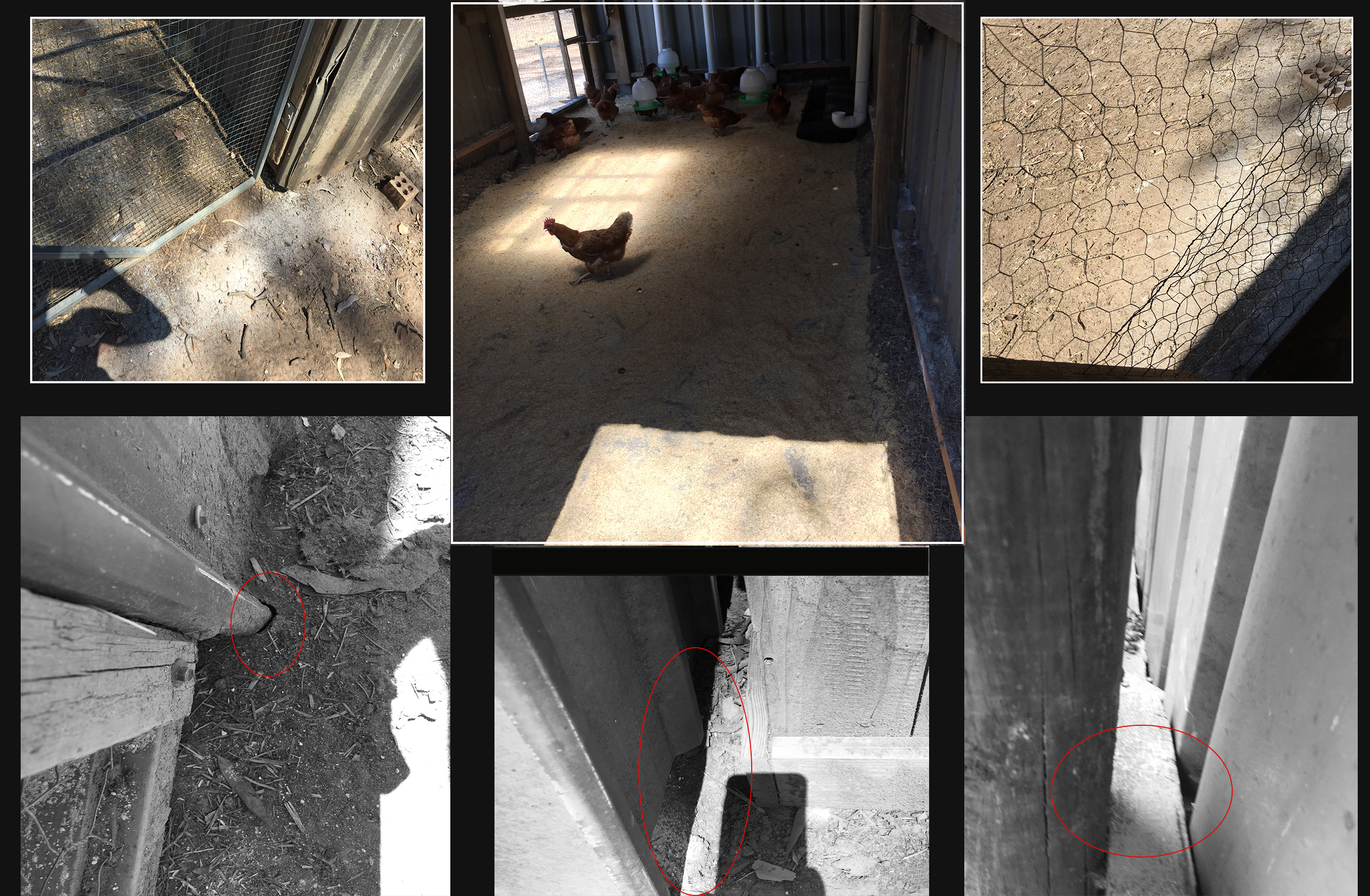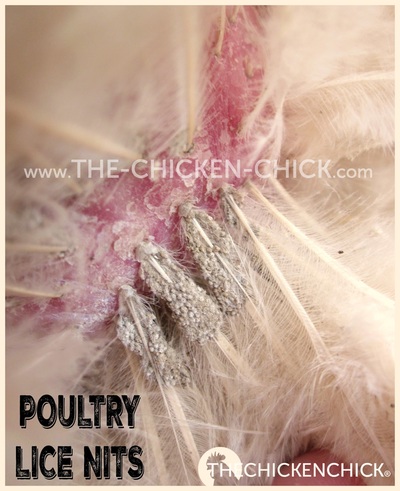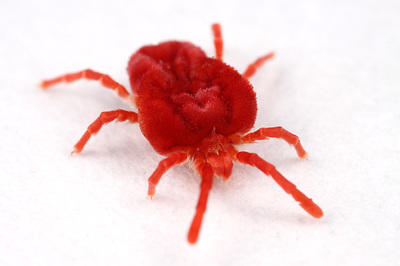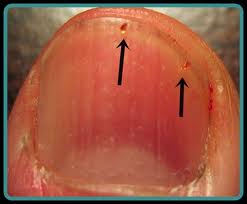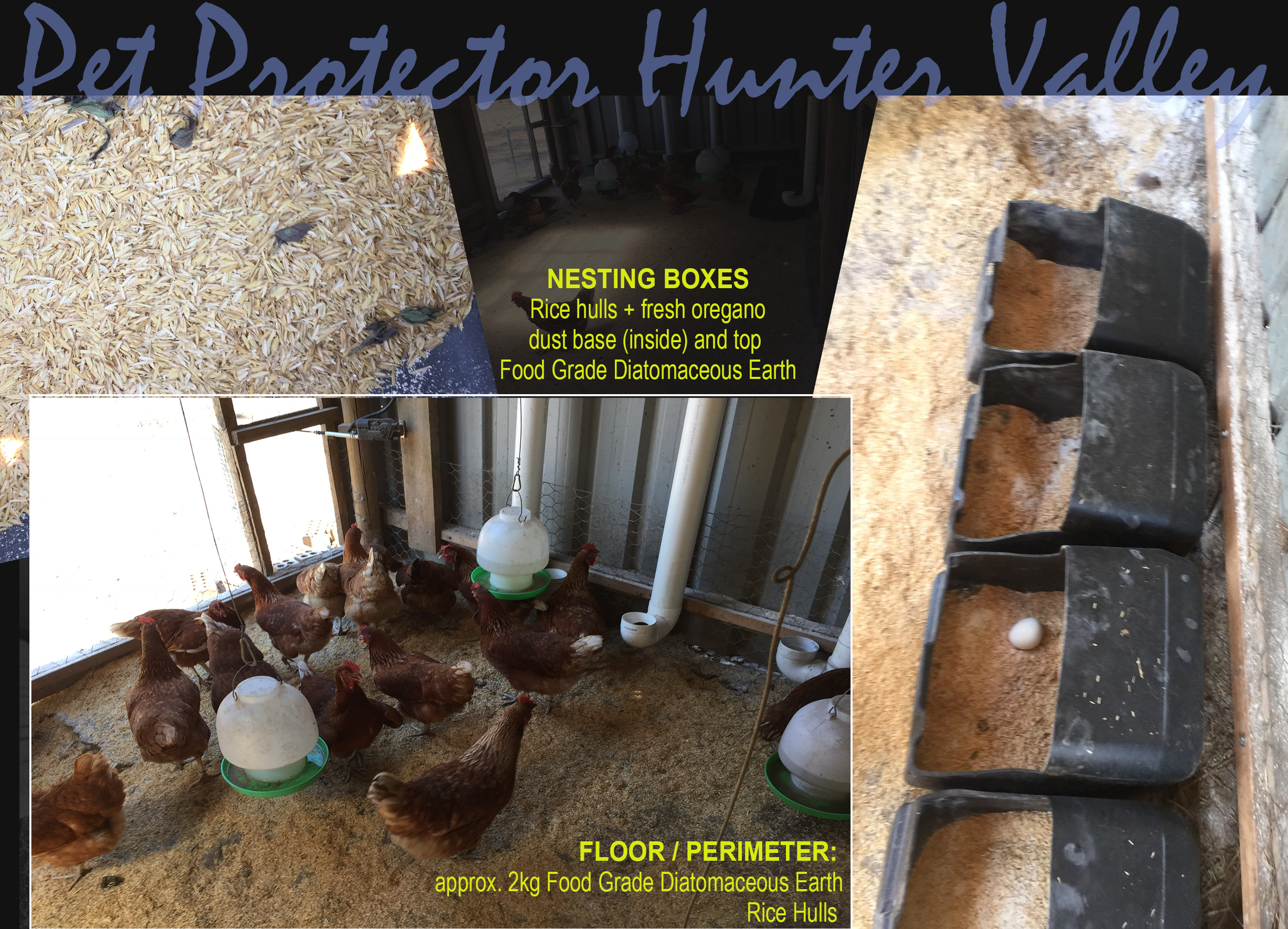|
Bird lice can be tricky to avoid when you have no control over wild birds that fly in infested and treatments commonly used for eradicating these crawling parasites contain some pretty nasty inclusions that many users aren't aware of, albeit it's printed on the label but who the hell knows what ingredients like Rotenone is really? The fact is once you have a parasite problem using a chemical treatment offers a swift solution, but at what cost? For poultry owners, the best strategy to address parasites is prevention. Prevention comes in many forms and applications and opinions on each sometimes vary - but one thing all the industry experts agree on, including the self proclaimed ones is good husbandry, bird health and preparation are proven to be the most successful ways to preventing parasites from infesting your flock. Food Grade Diatomaceous Earth is an all-rounder when it comes to prevention strategies and can be used alone or in combination with other methods. Today, we demonstrate how we use DE in the backyard coop. The coop in the images houses 45 laying hens and the owner reports they encounter bird lice every few weeks and has been using Pestene Insect Powder to treat the coop. Find out more here about the benefits of using DE with Poultry. Checking of your flock is also just as important as the coop and yard. Louse or lice lay their eggs at the base of the feathers (see image) and the adults feed off the dead skin cells. Mites on the other hand don't live on the bird as such, using them as a feeding host and hide in the darker spots through the daylight hours only coming out at night to feed. The best way to determine if you have a mite issue (and which type of mite) place a tub of hot water in the middle of your coop at night as the steam acts as a heat source attracting the mites. Check the next morning for any bugs in the tub of water - we suggest collecting any samples of the bugs you need to identify and store them securely in a fridge. If you are not exactly sure the difference between the many many parasites, in NSW, the Department of Primary Industries offers laboratory services for a variety of tests (some tests attract a small cost) including water, soil and parasite infection & identification. Visit DPI's website for more information and to order free test kits online. Outside NSW, please contact your state's equivalent authority. Above: image 1 - lice eggs on chicken (courtesy of The Chicken-Chick.com) ; image 2 - red mite ; image 3 - to the naked eye red mites can be hard to see, pictured here on an adult's thumb. So the coop looks nice and clean, nesting boxes are fresh and there was no sign of parasites. Is that it? Unfortunately, not yet. Because we know this coop is located where wild birds prefer to land, we are taking additional precautions in our approach.
GOOD LUCK! |
CONTACT |
SERVICES |
PRODUCT INFORMATION |
Copyright © 2014-2019
All rights reserved |
General Disclaimer: The information on this site are not meant to diagnose or prescribe for you. If your pet has a medical problem, you should consult your veterinarian. The information on this site have not been officially endorsed or approved by the APVMA. In no event shall the owner/s of this website be liable for any damages whatsoever resulting from any action arising in connection with the use of this information or its publication, including any action for infringement of copyright or defamation. The decision to use, or not to use, any information is the sole responsibility of the reader. Opinions expressed here are those of individual contributors and provided for educational and informational purposes only. This web site does not always verify or endorse the claims of contributing writers.
Copyright: All rights reserved. No part of this publication may be reproduced, distributed, or transmitted in any form or by any means, including photocopying, recording, or other electronic or mechanical methods, without the prior written permission of the sites owner or publisher, except in the case of brief quotations embodied in critical reviews and certain other noncommercial uses permitted by copyright law. For permission requests, please forward in writing via email ABN:
Copyright: All rights reserved. No part of this publication may be reproduced, distributed, or transmitted in any form or by any means, including photocopying, recording, or other electronic or mechanical methods, without the prior written permission of the sites owner or publisher, except in the case of brief quotations embodied in critical reviews and certain other noncommercial uses permitted by copyright law. For permission requests, please forward in writing via email ABN:


